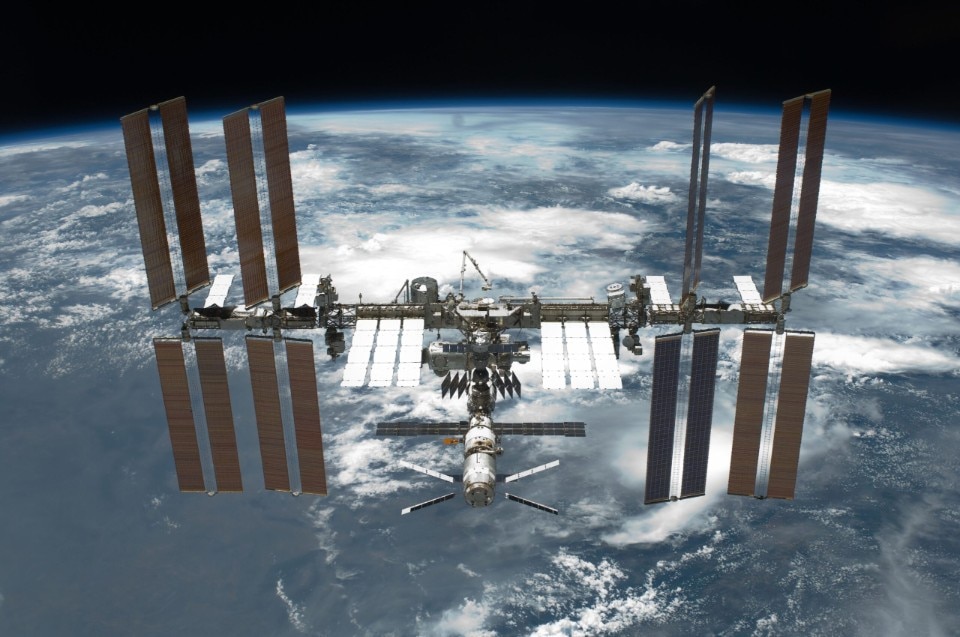Space achievements like humanity’s 1969 moon landing with Apollo 11 or NASA’s 2012 deployment of its first rover on the red planet once seemed like impossible dreams. Now, more than sixty years since the dawn of space exploration, it’s equally hard to imagine the possibility that some of what we’ve sent into orbit could come crashing back to Earth, without notice, posing significant risks. This is precisely the case with the International Space Station (ISS), the largest human-made structure ever built and placed in orbit, whose controlled deorbiting is planned for 2030.
In the last year, incidents straight out of a science fiction novel have not been uncommon. The latest of these events happened on December 30, 2024, when a mysterious, half-ton object fell from the sky with a loud roar, landing about 180 kilometers from Nairobi in the remote village of Mukuku, southeastern Kenya, unsurprisingly striking terror among the villagers. The Kenya Space Agency – founded in 2017, following a long operation launched by the Italian Space Agency (ASI) in 1966 with the creation the Luigi Broglio Space Center in Malindi – confirmed that it was space debris, in other words an “object:” part of a rocket that had been orbiting in low Earth orbit (LEO), the outermost layer of Earth’s atmosphere (termosphere), at a distance of 200 to 2,000 kilometers.
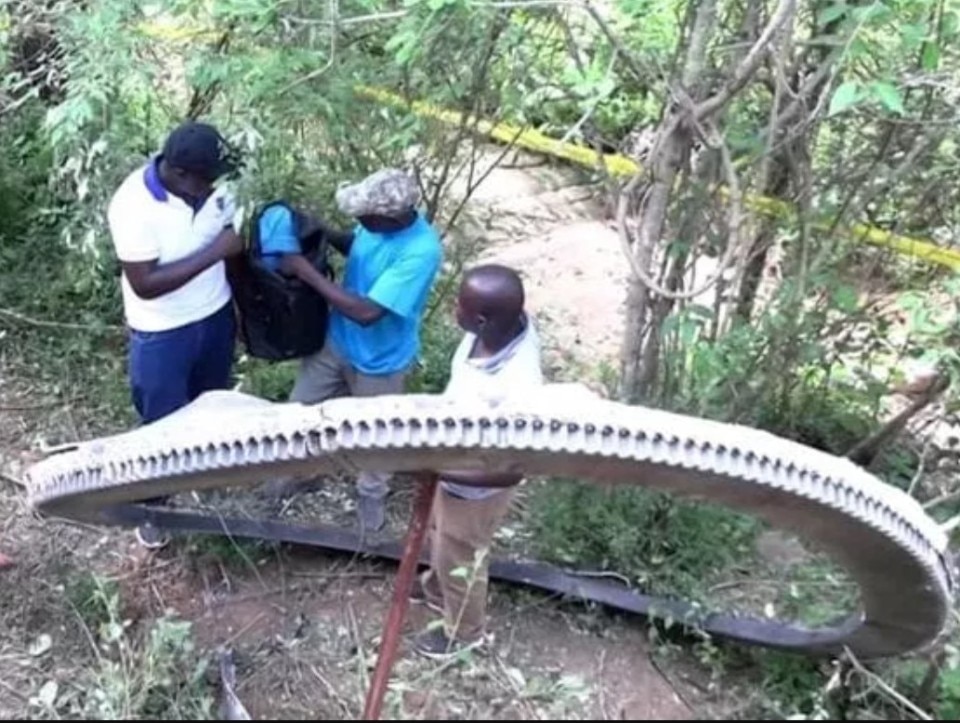
Could such incidents happen again? The question raised is legitimate, since according to the European Space Agency (ESA), LEO is home to more than 131 million pieces of space debris ranging from 1 mm to 10 cm in size, with a combined weight of 13,000 tons. These coexist with the over 2,588 operational satellites recorded by the United Nations Office for Outer Space Affairs in 2023. In March 2024, a 2,630-gram piece of space debris returning to Earth from the ISS unexpectedly detached and crashed through the roof of a Florida home, fortunately causing no casualties.
While we ignore the existence of many objects orbiting in LEO, we know a lot and quite in detail about others: Elon Musk’s Starlink satellites, for example, can be tracked using smartphone apps that predict their passage overhead. The ISS itself is closely monitored, and the agencies involved are meticulously planning its deorbiting to ensure it poses no danger to Earth’s inhabitants. After ruling out impractical or not viable options, such as moving it to a higher orbit or preserving it on Earth for posterity, the 100-meter-long, 80-meter-wide structure – roughly the size of a soccer field, traveling at 28,000 km/h and weighing 455 tons – will be deorbited and retrieved in three to four phases by the U.S. Deorbit Vehicle, built by Elon Musk’s SpaceX, starting in 2028 and concluding by 2030. The different parts of the ISS will be guided to their final resting place at “Point Nemo,” in the Pacific Ocean, the most remote spot on Earth, far from land and humans, also known as the spacecraft “graveyard.”
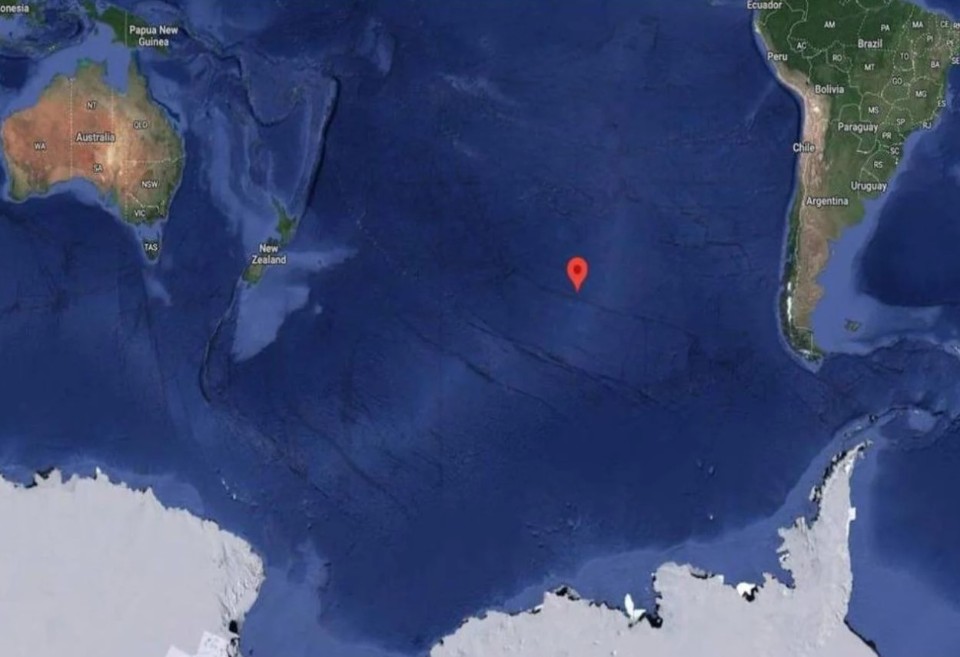
Launched in 1998 as a collaborative effort among five space agencies – NASA (U.S.A), Roscosmos (Russia), Japan Aerospace Exploration Agency (JAXA), ESA, and the Canadian Space Agency – the ISS was initially designed to last 15 years. Now, more than 25 years have passed since the launch of its first module. Due to its obsolescence, the six astronauts, each spending up to six months aboard, increasingly dedicate their time to maintenance rather than scientific research.
The ISS stands as a symbol of scientific and political history, with the Soviet Union, and later the Russian Federation, playing a central role throughout. Consider the Soviet space sector’s landmark achievement in 1957, when it became the first to launch a satellite into LEO with Sputnik 1. Despite the rivalries with the U.S. – a legacy of the Cold War – scientific collaboration between the United States and Russia began soon after the Soviet Union’s collapse, united by the goal of bringing the International Space Station to life – a partnership that remains strong to this day. “From the perspective of cooperation, many of the issues that trouble political relations between nations on Earth do not exist in space,” notes Simonetta Di Pippo, former director of the United Nations Office for Outer Space Affairs (UNOOSA) from 2014 to 2022 and now a professor of Space Economy at Luigi Bocconi University in Milan.
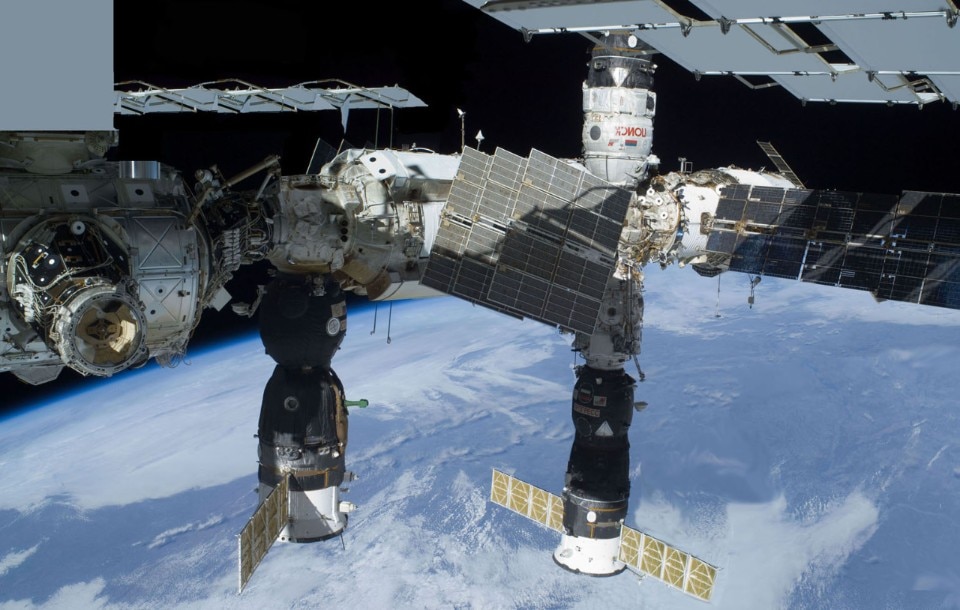
When the decision was made to develop the ISS, Russia already had the MIR space station in orbit and several additional modules in development for future launches. “It should also be remembered,” says Simonetta Di Pippo, “that for many years, Russia was the central player around which ISS activities revolved, thanks to the Soyuz capsule, which served as the primary shuttle between the station and Earth.” Even in 2023, Russia played a crucial role by replacing the damaged Soyuz capsule, enabling the safe return of three ISS astronauts.
With the onset of Russia’s so-called “special military operation” in Ukraine, signs of impatience emerged from Roscosmos. Former Director Dmitry Rogozin announced plans for Russia to abandon the ISS – a decision later revised by Vladimir Putin, who replaced Rogozin the following July with Yury Borisov, a former Deputy Prime Minister, who confirmed Russia’s continued commitment to the ISS in a December interview with Russian TV network RBC: “The plans, together with our American colleagues, are to deorbit [the ISS] around the end of 2030. The final scenario will likely be refined, even with the advent of the new NASA administration.”
From the perspective of cooperation, many of the issues that trouble political relations between nations on Earth do not exist in space.
Simonetta Di Pippo, professor of Space Economy at Luigi Bocconi University in Milan
The construction of the ISS began in 1998 with the launch of its first two modules: the Russian Zarya (meaning “sunrise”) and the American Unity. The structure is the result of an assembling operation that took place directly in orbit over several years of approximately 100 components delivered via 50 launches. The pieces were assembled using robotic arms and 160 astronaut “spacewalks.” The Station became fully operational with the arrival of its first complete crew in 2011. The materials used in the ISS were specifically designed to withstand radiation, heat, and impacts from asteroids and space debris.
The ISS has made significant contributions to numerous fields, including medicine, agriculture, engineering, materials science, and climate change research. The Destiny module, the station’s primary laboratory, hosts microgravity research, with over 3,000 scientific studies conducted by 4,200 researchers worldwide. This research involved participants from about 110 nations, while over 1.5 million students annually take part in STEM-related activities. The ISS also facilitates the measurement of drought levels, forest health, the effects wildfires – unfortunately increasingly more frequent – and the impact of carbon dioxide on the climate.
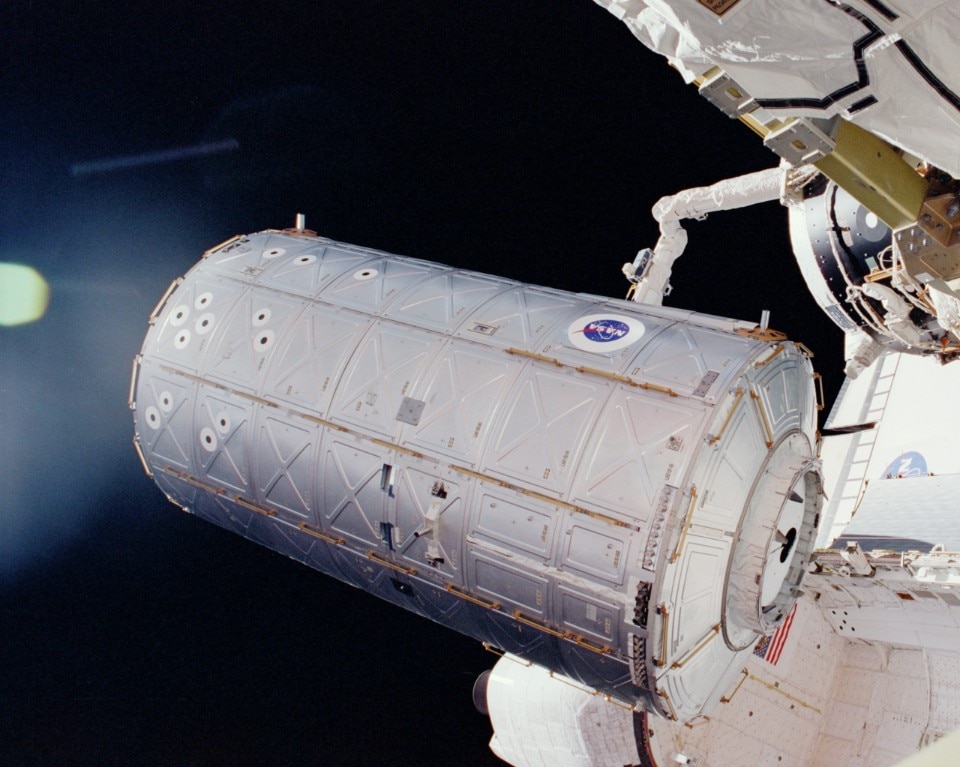
As the ISS era nears its end, what lies ahead? Simonetta Di Pippo recalls “how, today, after the first eight nations signed in 2020, including Italy, over 50 countries have now joined the Artemis Accords, which establish shared rues to enhance the governance of civilian space exploration.”
“The Artemis Accords will help to avoid conflicts in space and on Earth,” said Mike Gold, NASA’s former Administrator for International and Interagency Relations, in 2020. “The Artemis journey is to the Moon, but the destination of the Accords is a peaceful and prosperous future,” he added.
“The political aspect is there” highlights Di Pippo, “humanity is expanding beyond Earth’s borders. If there is sufficient interest on the part of a number of countries to concentrate economic efforts, for example, on the Moon, we could see a limited number of people reaching and temporarily residing on the lunar surface within a few years.”
The ISS has made significant contributions to numerous fields, including medicine, agriculture, engineering, materials science, and climate change research.
Science fiction? Not really. International architectural firms are already advancing plans for lunar and Martian settlements. For example, Bjarke Ingels’ BIG studio – guest editor at Domus for 2025 – in collaboration with NASA, Ikon, and SEArch+, has developed the Nasa Olympus project, which envisions a settlement on the Moon. The buildings, designed to protect against radiation and meteorite impacts and 3D-printed by using lunar regolith, could accommodate four astronauts at the time for up to one month. A similar concept underpins the Mars Dune Alpha project, also developed with NASA, envisioning the construction of a building on Mars that could host astronauts after their six-month journey from Earth.

Meanwhile, Max Space, by Aaron Kemmer and Maxim de Jong, has proposed inflatable, expandable structures that could provide “as much internal volume as a sports stadium” that can adapt to life “in Low Earth Orbit (LEO), cislunar space, the Moon, and Mars.” During the 39th Space Symposium that took place in Colorado Springs in April 2024, Max Space announced plans for its first launch in 2026 with Elon Musk’s SpaceX.
Given the private sector’s growing involvement and the latest ESA’s report according to which global public investment in the space economy reached €106 billion in 2023, “it is essential that private operators must be assured that everything works,” says Di Pippo, meaning that “there won’t be collisions with debris that could damage on-orbit infrastructure and operational activities.” Stijn Lemmens, a researcher at ESA’s Space Debris Analysis Unit, in an interview with The New York Times following the Kenya debris incident, also hopes for a “mentality change”, since space, like Earth, is not an infinite resource.


